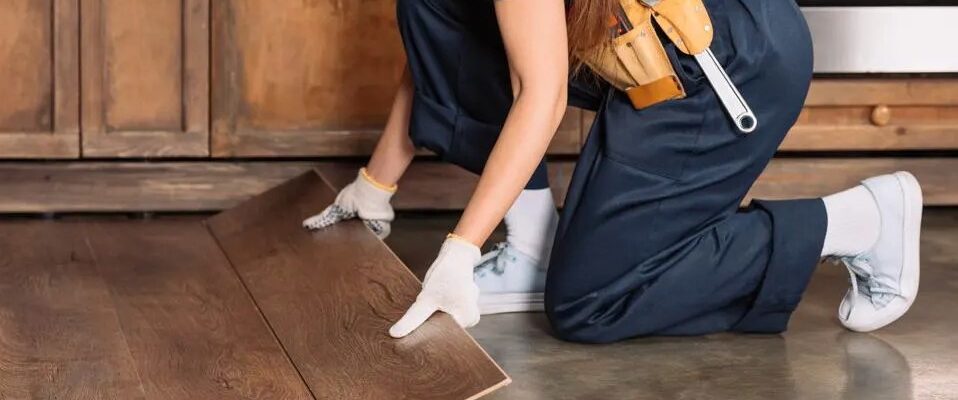Vinyl tiles have become a popular flooring choice for many homes and spaces. They are affordable, versatile, and easy to install. In this article, we’ll delve into what vinyl tiles are, their advantages, installation process, maintenance tips, and their impact on the environment.
What Are Vinyl Tiles?
Vinyl tiles are synthetic flooring materials made from polyvinyl chloride (PVC) and other additives. They come in various sizes, colors, and patterns, mimicking the appearance of natural materials like wood, stone, or ceramic. These tiles offer a cost-effective alternative to traditional flooring options.
Advantages of Vinyl Tiles
Affordability: Vinyl tiles are budget-friendly, making them a great option for those looking for cost-effective flooring solutions.
Durability: They are highly durable and resistant to scratches, stains, and moisture, which makes them suitable for high-traffic areas like kitchens and bathrooms.
Easy Installation: Vinyl tiles often come with a peel-and-stick or click-lock system, allowing for straightforward installation without professional help.
Variety: With an extensive range of designs and styles, vinyl tiles offer versatility to suit different aesthetic preferences.
Comfortable and Quiet: They provide a cushioned surface that is comfortable to walk on and absorb sound, reducing noise levels.
Installation Process
Preparation: Ensure the subfloor is clean, dry, and level. Remove any debris and fill in cracks or gaps.
Acclimation: Let the tiles acclimate to the room’s temperature for at least 48 hours before installation.
Layout: Plan the layout and start from the center, working your way outwards. Use spacers to maintain consistent gaps between tiles.
Installation: Peel off the backing or click the tiles together according to the manufacturer’s instructions. Press firmly to secure them in place.
Finishing: Once all tiles are laid, trim any excess with a utility knife and install baseboards or transitions for a polished look.
Maintenance Tips
Regular Cleaning: Sweep or vacuum regularly to remove dust and debris. Use a damp mop with a mild cleaner for deeper cleaning.
Avoid Harsh Chemicals: Refrain from using abrasive or acidic cleaners that can damage the tiles.
Protection: Place felt pads under furniture legs to prevent scratching and use doormats to trap dirt from entering the space.
Prompt Spill Cleanup: Wipe up spills immediately to prevent staining.
Environmental Impact
While vinyl tiles have many benefits, their production involves the use of PVC, which can have environmental implications. PVC is not biodegradable and can emit volatile organic compounds (VOCs). However, advancements in manufacturing processes have led to the development of more eco-friendly options, such as phasing out certain harmful additives and recycling initiatives for old vinyl materials.
Longevity and Resilience
The durability of vinyl tiles makes them a reliable flooring option. Their resistance to scratches, stains, and moisture ensures they remain looking pristine even in high-traffic areas. Furthermore, their ability to withstand wear and tear over the years, without losing their visual appeal, speaks to their long-lasting nature. Proper maintenance, such as promptly wiping up spills and using protective measures like felt pads under furniture, contributes significantly to preserving their durability.
Conclusion
Vinyl tiles offer an affordable, durable, and versatile flooring solution for various spaces. Their ease of installation and maintenance make them appealing for homeowners. However, it’s essential to consider their environmental impact and opt for more sustainable options when available. With proper care, vinyl tiles can provide an attractive and functional flooring choice for years to come.


